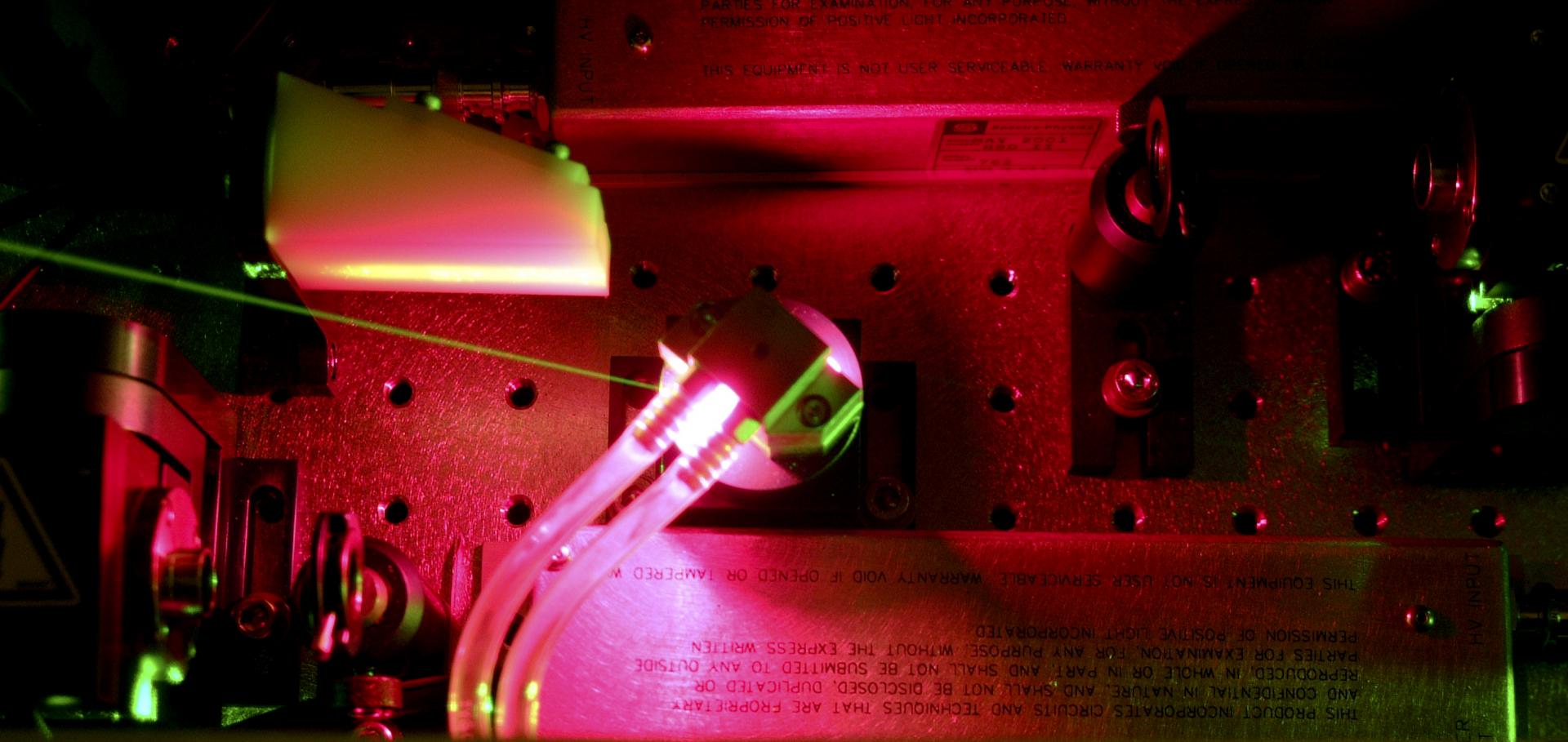OPALS: The Oxford plasma accelerator light source project
30th International Free Electron Laser Conference, FEL 2008 (2008) 163-166
Abstract:
Recent progress in Laser Plasma Accelerators has demonstrated the possibility of generating GeV electron bunches with very interesting beam qualities. It is now conceivable that the further development of such devices could generate beams with emittance, energy spread and peak current suitable for FEL operation in the XUV range with relatively short undulator trains. In this context the OPALS project aims at the construction of a XUV radiation source, driven by a Laser Plasma Accelerator, capable of generating ultrashort fs XUV pulses. Such a source is small enough to be hosted in an academic or industrial institution and could therefore have a major impact on time-resolved science.Generation of stable, low-divergence electron beams by laser-wakefield acceleration in a steady-state-flow gas cell
Physical Review Letters 101:8 (2008)
Abstract:
Laser-driven, quasimonoenergetic electron beams of up to ∼200MeV in energy have been observed from steady-state-flow gas cells. These beams emitted within a low-divergence cone of 2.1±0.5mrad FWHM display unprecedented shot-to-shot stability in energy (2.5% rms), pointing (1.4 mrad rms), and charge (16% rms) owing to a highly reproducible gas-density profile within the interaction volume. Laser-wakefield acceleration in gas cells of this type provides a simple and reliable source of relativistic electrons suitable for applications such as the production of extreme-ultraviolet undulator radiation. © 2008 The American Physical Society.Laser-driven acceleration of electrons in a partially ionized plasma channel.
Phys Rev Lett 100:10 (2008) 105005
Abstract:
The generation of quasimonoenergetic electron beams, with energies up to 200 MeV, by a laser-plasma accelerator driven in a hydrogen-filled capillary discharge waveguide is investigated. Injection and acceleration of electrons is found to depend sensitively on the delay between the onset of the discharge current and the arrival of the laser pulse. A comparison of spectroscopic and interferometric measurements suggests that injection is assisted by laser ionization of atoms or ions within the channel.Electron acceleration in a gas-discharge capillary
34th EPS Conference on Plasma Physics 2007, EPS 2007 - Europhysics Conference Abstracts 31:1 (2007) 57-60
GeV electron beams from a centimeter-scale laser-driven plasma accelerator
Proceedings of the IEEE Particle Accelerator Conference (2007) 1911-1915


